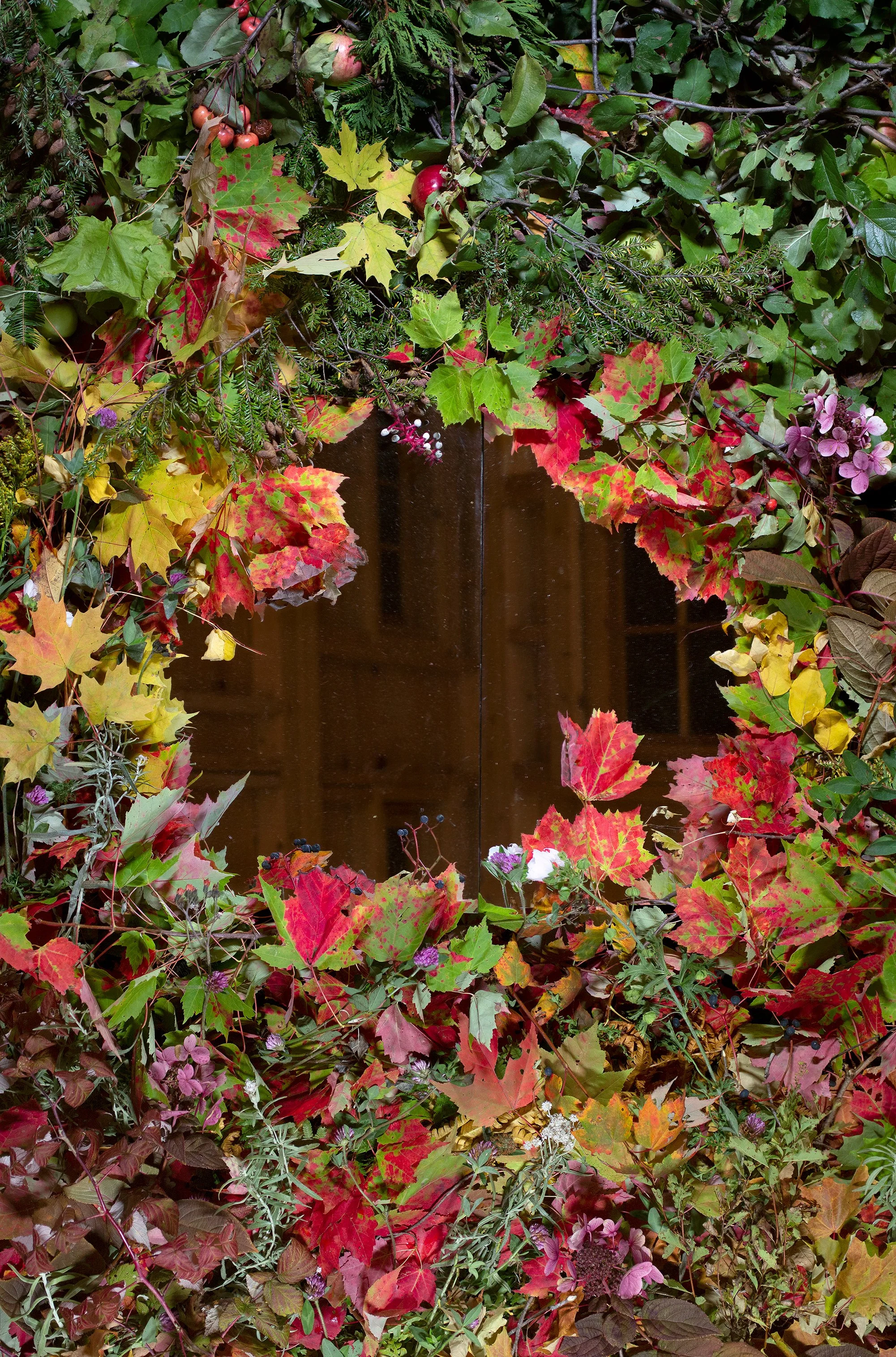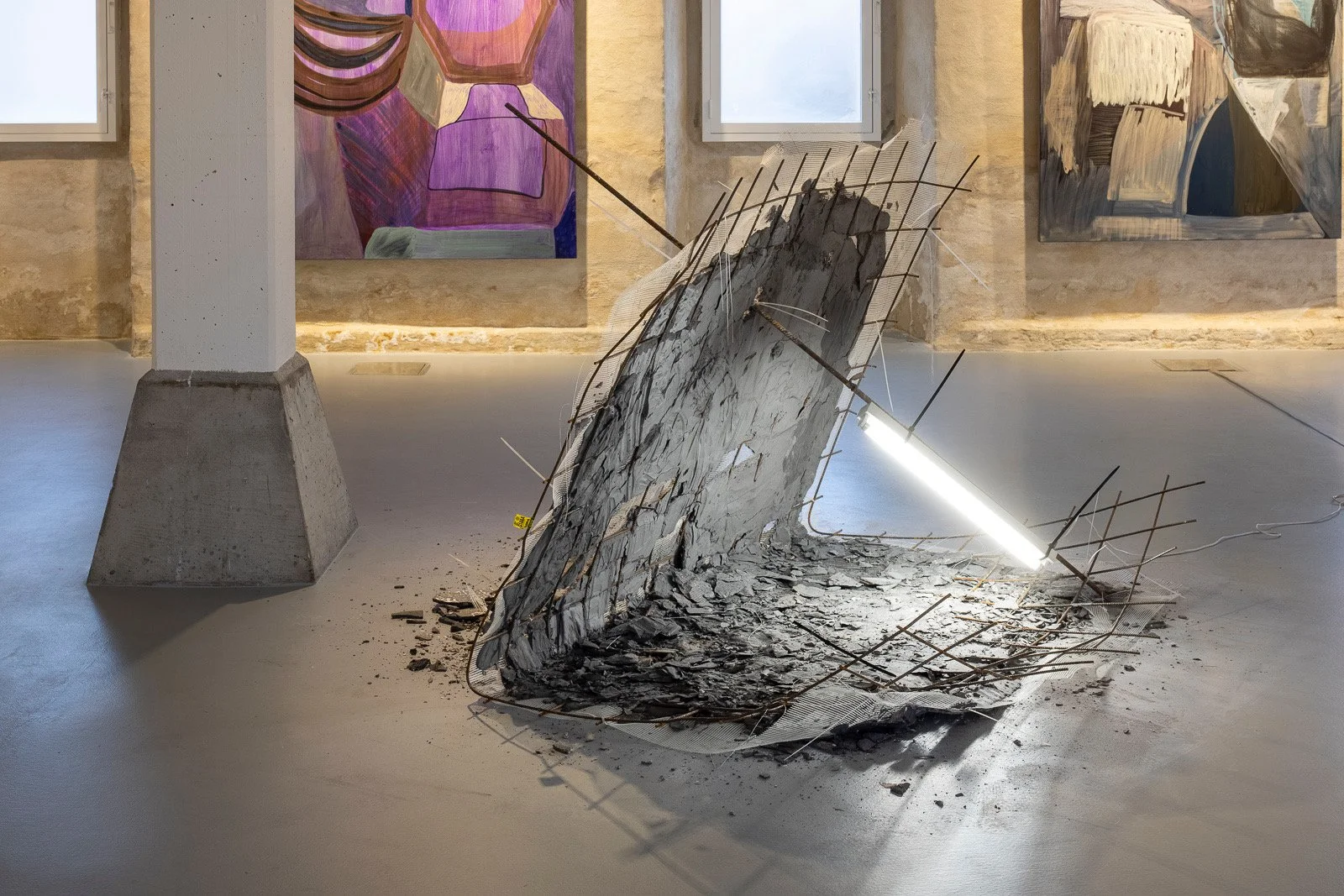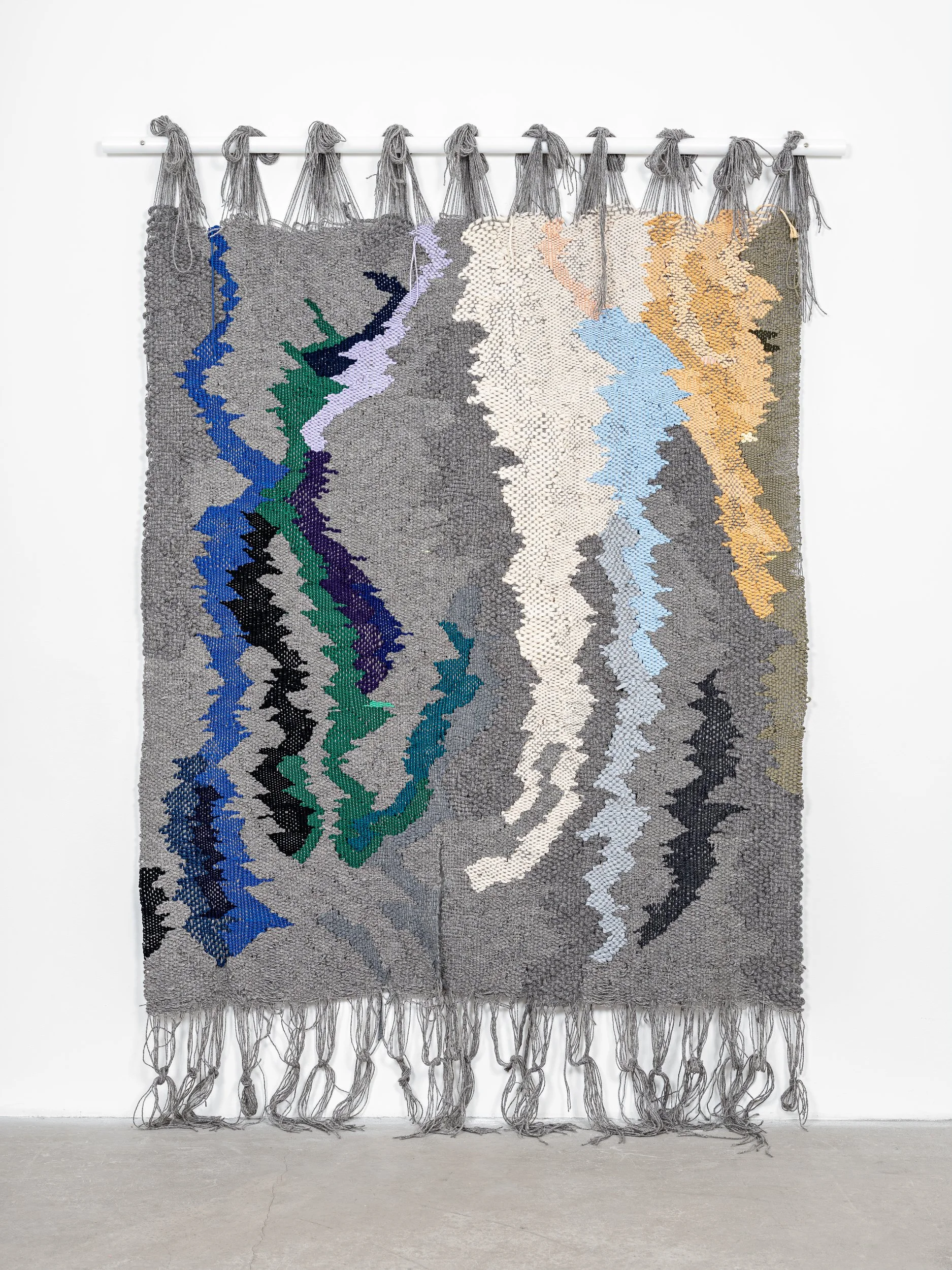The Portland Museum of Art is launching a once-in-a-generation, $85 million capital campaign to expand a downtown campus that no longer has enough space to accommodate both its growing collection of diverse work and a steadily increasing number of visitors.
Read MoreSparked by the current growth and diversification of the collection, record attendance and community feedback, and new opportunities to expand and unify its campus, the Portland Museum of Art stands ready to embark on what will be its most ambitious and pioneering era yet.
Read MoreIn his photographs, Icelandic photographer Ragnar Axelsson, also known as RAX, uses soft focus, bright light and absolute black and white tones to reflect on the present and show us the condition the world is in. RAX has worked in some of the northernmost regions of the world, in Iceland, Greenland, and Siberia, documenting people, animals, and landscapes.
Read MoreJordan Bennett lives and works on his ancestral territory of Mi’kma’ki in Terence Bay, Nova Scotia. He explores land, language, and familial histories in his art to challenge colonial perceptions of Indigenous histories.
Read MoreJason Brown, also known as Firefly, is a Native American of the Penobscot Nation, with Swedish roots, born and raised in ancient Wabanaki territory. Deeply influenced by the traditions of his people, Firefly performs traditional hand drum, Shaker, and vocal songs as well as cutting edge musical compositions rooted in his ancestral traditions.
Read MoreMaine-based artist Christopher Carroll is concerned about plant autonomy, or the capacity of plants to assess, perceive, and act on their environment, and in doing so, generate the conditions for their own flourishing.
Read MoreJóhan Martin Christiansen is primarily a sculptor and installation artist who splits his time between the Faroe Islands and Copenhagen, Denmark. He draws inspiration from both natural and built environments. His work also engages with queer theory to explore the varieties and depths of sexual identity.
Read MorePortland-based artist Lauren Fensterstock creates detailed, labor- intensive, large-scale installations that draw from the decorative arts, including paper quilling and mosaic. She is preoccupied with our relationship to nature and humankind’s attempt to control it.
Read MoreThe artistic duo Gideonsson/Londré, who live and work in the village of Kallrör, Sweden, examine the relationship with time and body through performances, installations, and interventions.
Read MoreGreenland’s complicated history informs the work of Inuk/Kalaaleq artist Julie Edel Hardenberg, who lives and works in Nuuk, the small capital city located on the southwest coast. She explores identity, culture, and language from a postcolonial perspective to address mental colonization, cultural assimilation, and socialization structures.
Read MoreReggie Burrows Hodges explores the power of storytelling and visual metaphor in his figurative paintings that address themes of identity, memory, community, and truth.
Read MoreNorwegian weaver Ann Cathrin November Høibo draws upon the pared- down aesthetic of her Nordic heritage to recraft landscapes in large-scale handwoven textiles.
Read MoreJoan Jonas is firmly placed historically as one of the first and most important figures of performance and video art. Since the 1970s, Jonas has split her time between New York and Nova Scotia, Canada. Her artistic practice encompasses video, performance, installation, sound, text, and drawing.
Read MoreArtist and poet Jessie Kleemann is originally from Upernavik in northern Greenland; today, she lives and works in Copenhagen, Denmark. Trained as a lithographic artist, she works with traditional and contemporary Inuit themes, video, music, poetry, and dance.
Read MoreIn his interdisciplinary practice, Portland-based artist Justin Levesque considers the materiality and tradition of photography in relation to information exchange and mediated geographies of the High North.
Read MoreIcelandic multidisciplinary artist Anna Líndal explores geography, mapping, and cartography informed by scientific expeditions that track, record, and visualize the changing landscape.
Read MoreMeagan Musseau works from her contemporary perspective as a L’nu woman living on Ktaqmkuk [Newfoundland]. In her practice, she explores the history of interterritorial relationships between Mi’kmaq and Beothuk nations to enact Indigenous survivance, which is a way of life that nourishes Indigenous ways of knowing, and bring to light the immemorial history of the importance of land to Indigenous peoples.
Read MoreMattias Olofsson lives and works in Umeå and Storbrännan, Sweden. He explores questions of identity in relation to inclusion and exclusion, inspired by masks and confusion, namely situations where the identity arises from being awarded or taking its space in a larger structure.
Read MoreBorn in Norway and of dual Norwegian and Nigerian heritage, artist Frida Orupabo is also a trained sociologist who mines images from archives, the media, and her personal life to create new readings and meanings.
Read MoreBita Razavi was born in Tehran and currently lives and works between Helsinki, Finland and countryside Estonia. Their practice is centered around observations and reflections on a variety of everyday situations, examining the inner workings of social systems in relation to the political structures of various countries and national events of historic pro- portions.
Read More




















